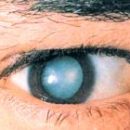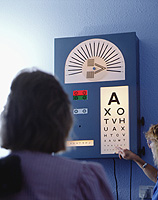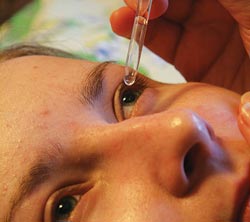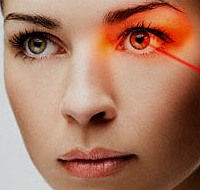What is trachoma? What are the manifestations of trachomas? How treatment and trachi prevention? Answers to these questions you will find in the article.
Content
About Trach
Trachoma (Greek. TRASHOMA; - Grungy) - this is a chronic infectious disease illness caused by chlamydia and characterized by defeat conjunctiva and cornea with outcome in scarring conjunctiva, cartilage and full blindness.
Trachoma causative agent Chlamydia trachomatis Opened in 1907 G., It breeds in the cells of the epithelium conjunctiva and cornea. According to its properties and a cycle of intracellular development, it is similar to other chlamydia. The main sources of infection in the foci of trachomas are patients with active forms of the disease. An essential role in the transmission of infection also belongs to the carriers of the causative agent of infection, individuals with its unusual localization (for example, in tears) and atypical process. The role of flies in mechanical transfer of the pathogen is not excluded. Susceptibility to trachomes universal and high. Immunity After the suffered disease is not produced.
Trachoma is widespread in the countries of a tropical and subtropical belt; In Russia, this infection is eliminated. In its distribution, the living conditions of the population and the level of its sanitary culture play a major role. Transfer of the infection pathogen is carried out direct and indirectly: through hands, clothing, hygiene objects contaminated with discharge.
Manifestation of trachomas
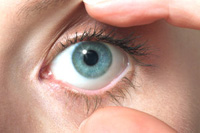 Incubation period - 8-16 days. Usually amazed both eyes. In the early stages of the disease, conjunctive becomes inflamed, red and irritable, the separated. At the later stages of the conjunctivation subjected to scarring, there is a turn of age, the cornea is furious.
Incubation period - 8-16 days. Usually amazed both eyes. In the early stages of the disease, conjunctive becomes inflamed, red and irritable, the separated. At the later stages of the conjunctivation subjected to scarring, there is a turn of age, the cornea is furious.
Highlight clinical stages during the trachomas. Suspected trachom when in doubtful cases there are no clear clinical symptoms; preterpure or prefollicular trachom when there is infiltration and hyperemia of conjunctiva, but there are no follicles; and 4 stages of trachus. Symptoms are characteristic of the 1st stage of the trachoma: inflammation is sharply expressed in this stage, against the background of hyperemic (overcrowded blood vessel blood vessels) Conjunctivations of transitional folds and eyelids are determined by large follicles and nipples.
Distinctive features in the 2nd stage of the trachoma Distinctive feature is the disintegration of some follicles and the appearance of scars, sharply pronounced inflammation, follicle follicle, which gives conjunctiva. In this stage, patients are the most contagious.
Signs that allow you to diagnose the 3rd Stages of Flowch. The main distinguishing feature is the regressive nature of the disease, t.E. The scarring process in conjunctiva prevails over the infiltration and the presence of follicles, although the phenomena of inflammation takes place and possible periods of exacerbation.
4th stage. Trachome of the 4th stage is a finished scarring process without signs of inflammation. This is a stage of full cure. Objectively - conjuncture of the eyelids has a whispering view with many star scars.
Treatment and trachi prevention
1% ointment or solutions of tetracycline, erythromycin, eating, 10% sodium sodium sulfapyridazine solutions, 5% ointments or 30-50% ethassol solutions 3-6 times a day. If necessary, after 1-2 weeks from the beginning of treatment, follicles are expressed. In the case of heavy trachomas, the overall use of antibiotics, as well as vitamin therapy and elimination of allergic manifestations. If the deformation of the eyelids is developing, the obstacle of the cornea, the operation may be necessary. In complex therapy use interferon and its inductors and immunomodulators. With timely and systematic use of antibiotics and sulfonamides, it is possible to achieve cure and prevent complications. In untimely treatment, purulent may develop Yazva cornea, Trichiaz, Sukho eye syndrome.
Prevention consists in timely identification of patients, their clinical examination and regular treatment, as well as compliance with the rules of personal hygiene.

